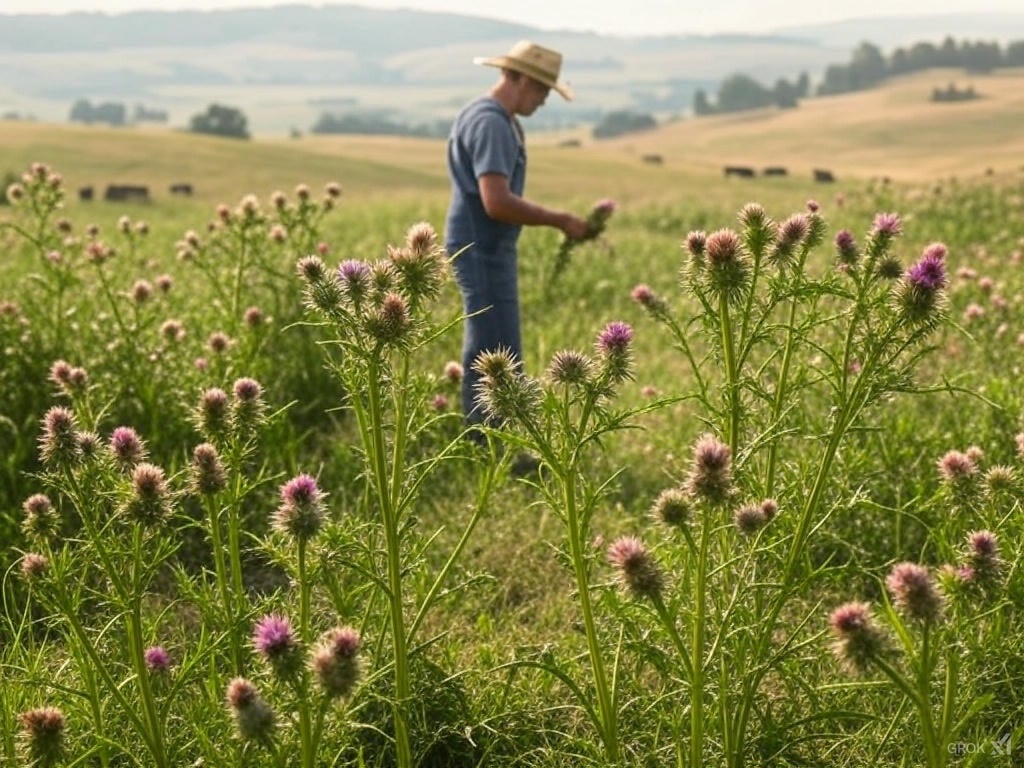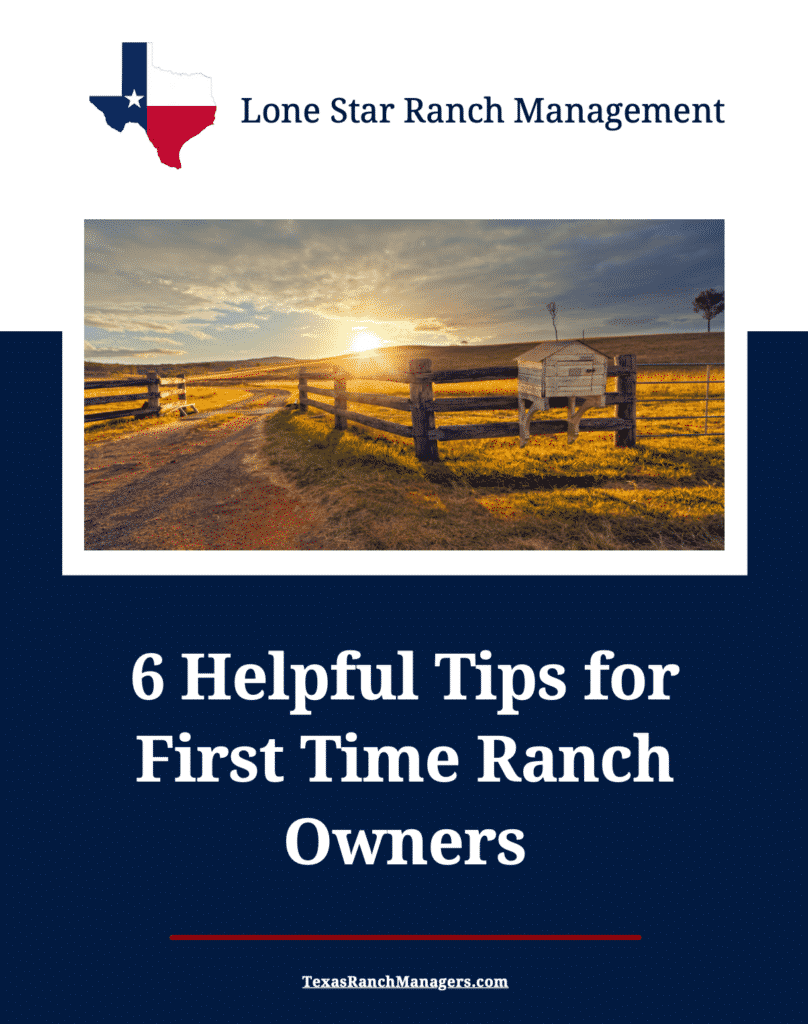Thistles are a common problem on many ranches, known for their aggressive growth and prickly nature. Here’s how you can tackle this invasive plant:
1. Identification
First, identify the type of thistle. Common ranch-invading species include:
- Bull Thistle (Cirsium vulgare)
- Musk Thistle (Carduus nutans)
- Canada Thistle (Cirsium arvense)
Knowing the species helps in choosing the right control method because different thistles might require different approaches.
2. Mechanical Control
- Mowing: Regular mowing can prevent thistles from going to seed, but for perennial species like Canada thistle, you’ll need to mow several times during the growing season.
- Hand Pulling: Effective for small infestations or young plants. Ensure you remove the entire root system to prevent regrowth. Wear gloves due to the prickly nature of thistles.
3. Chemical Control
- Herbicides: Use selective herbicides that target broadleaf plants without harming grasses. Timing is crucial; apply in the spring or early summer when thistles are actively growing but before they flower. Always follow the label instructions and consider environmental impact:
- Glyphosate for spot treatments, particularly effective on perennials.
- 2,4-D or Aminopyralid for broader control.
- Note: Always apply herbicides with caution, considering the proximity to water sources, wildlife, and non-target plants.
- See Texas A&M Agrilife Extension Quick Refence – https://agrilifeextension.tamu.edu/asset-external/quick-reference-for-common-rangeland-and-pasture-herbicides/
4. Biological Control
- Insects: Certain insects, like the thistle head weevil, can be introduced to control thistle populations by feeding on seeds or plant tissues. This method requires research and possibly consultation with local agriculture extension services to ensure the right species are used and managed properly.
5. Cultural Practices
- Grazing Management: Overgrazing can promote thistle growth by reducing competition from more desirable plants. Implement rotational grazing to keep grasses strong and competitive.
- Plant Diversity: Increase the diversity of your pasture plants. Thistles often thrive in disturbed or bare soil. Enhancing plant cover can naturally suppress thistle growth.
6. Prevention
- Monitor: Regularly scout your land to catch new growth early.
- Seed Spread Control: Clean equipment, vehicles, and livestock that might carry seeds from one area to another.
7. Long-term Strategy
- Integrated Pest Management (IPM): Combine methods for the most effective control. Mechanical, chemical, biological, and cultural practices work best in harmony.
Final Thoughts
Managing thistles requires patience and persistence. No single method will eradicate them completely in one season, but with consistent effort, you can significantly reduce their impact on your ranch. Always consider the ecological balance and aim for sustainable ranching practices.
Remember, local regulations and environmental conditions might affect which methods are suitable for your area. Consulting with local agricultural experts or extension services can provide tailored advice for your specific situation.
Happy ranching, and may your land flourish!






